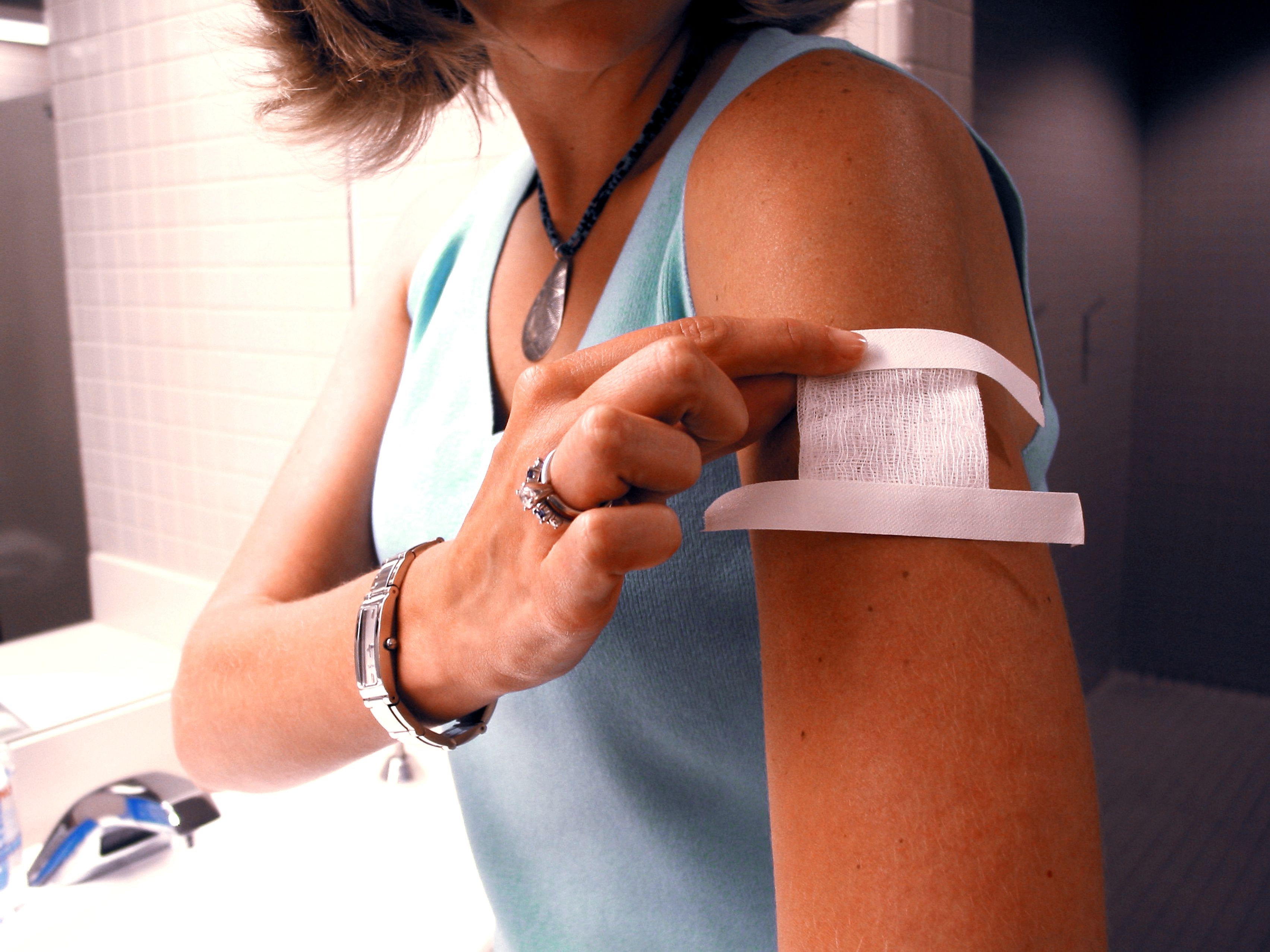Blog

COVID in retreat – What do we do now?
Cases are low right now, but what should we expect going forward?
About 50% of eligible adults are vaccinated. Last winter, we found that 48 degrees is the temperature at which COVID survives the air, so we have time until the weather gets that cold.
In schools, only the people with organ transplants are not responding well to the vaccine, all other teachers can get vaccinated. And testing of vaccines on younger kids is showing 100% effectiveness.
What else is going to happen in the fall?
Vaccines are showing to be effective against the variants. The way mRNA vaccines work, they are going to be able to latch on and identify any variations in the spike protein on the coronavirus.
What should we be doing now?
Transmissibility changes drastically depending on the season. Right now we should start to increase ventilation in our spaces. We need to get aggressive about using UV light in ventilation. Replace old units so that air is circulating correctly.
Currently, we only have half our population vaccinated. We need to figure out what’s going to happen going forward when vaccines are no longer subsidized. We need to figure out our game plan for boosters.
Now is also a good time to tackle needle fear.
Existing guides talk about topical anesthetics, extinction therapy, and distraction.
Topical Anaesthetics – they are not proven to help at all. Anxiety spikes when the anesthetics patches are taken off. None of the science supporting anxiety relief is even in injections.
Extinction & Exposure Therapy – Not totally sure to what degree it works. But now is the time to test it.
Distraction – was mentioned by a lot of people in how they personally deal with needle fear. Give yourself an unusual mental task to do. Explain why you’re getting vaccinated and what it means to you. The immunization process is short and a distraction technique does not need to last very long.
People do not like admitting that they have needle fear. Asking “Are you afraid of needles” people will not say yes, but saying “How afraid of needles are you” will get further into the actual percentage of people with needle fear, which is high.